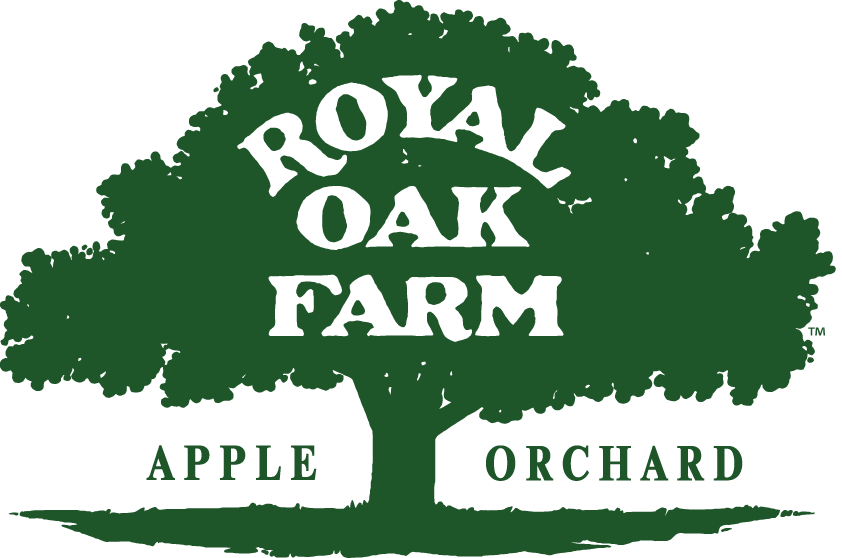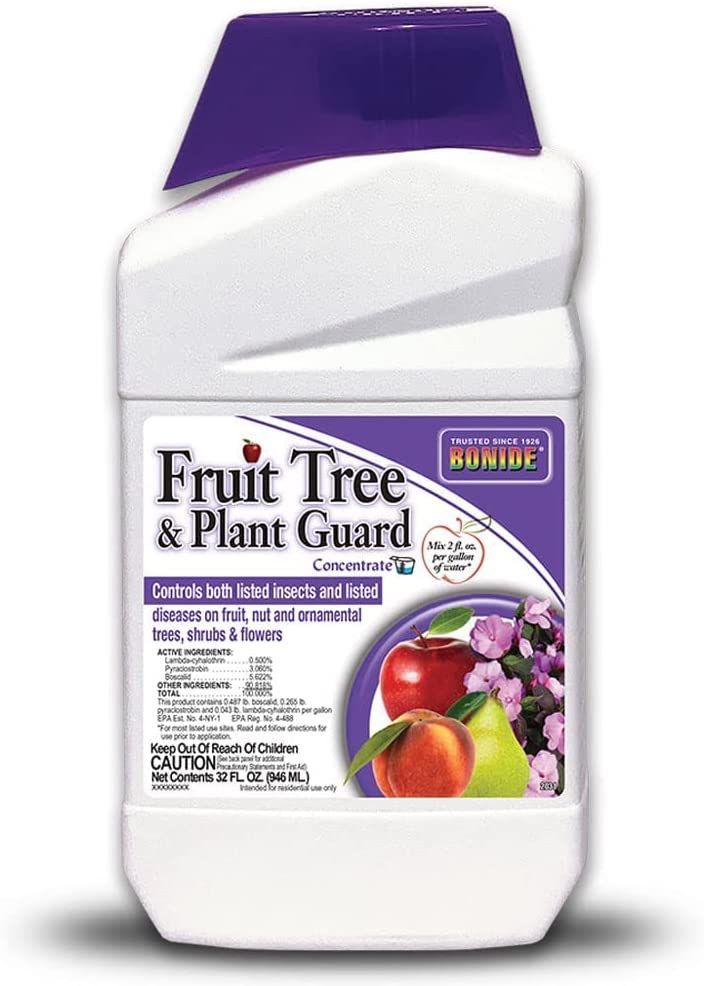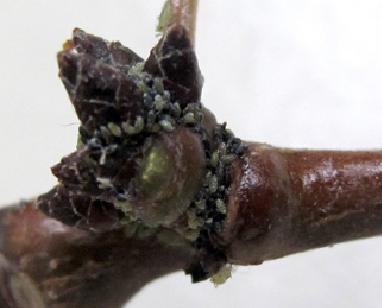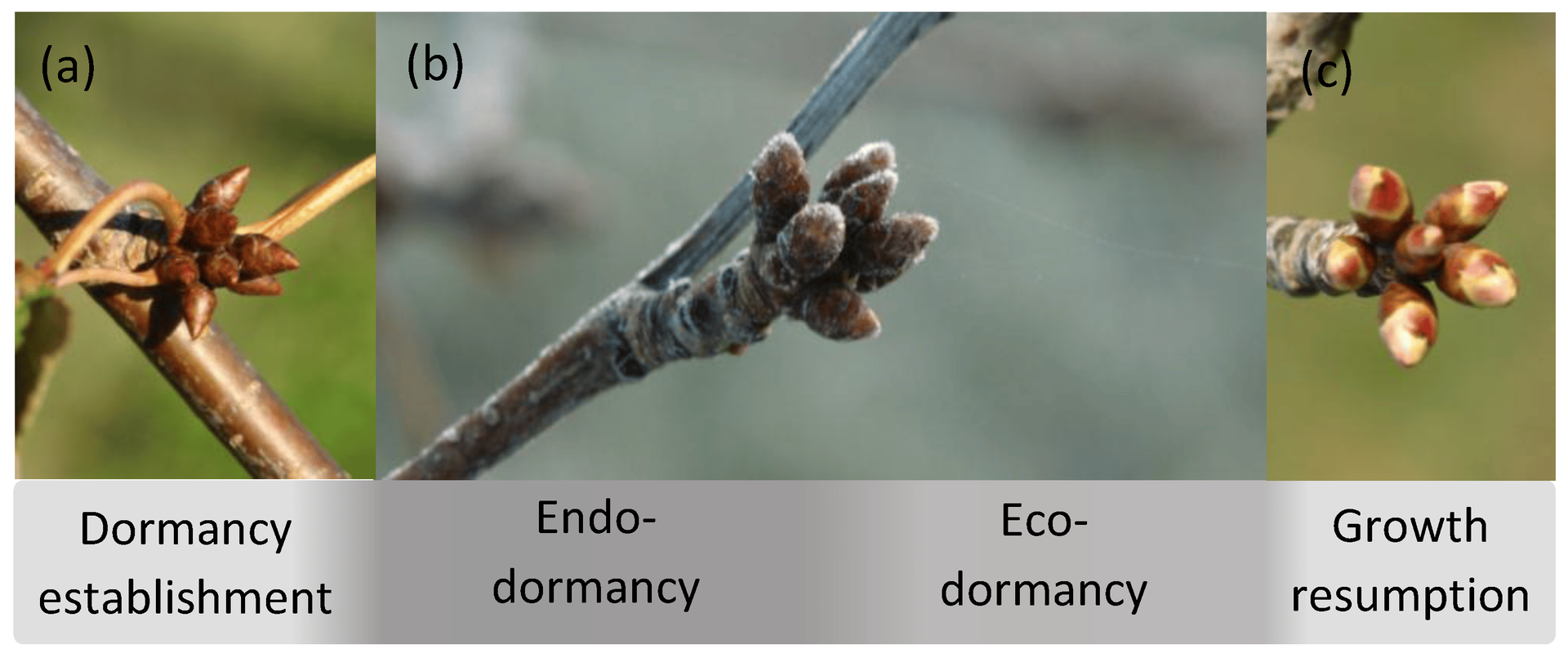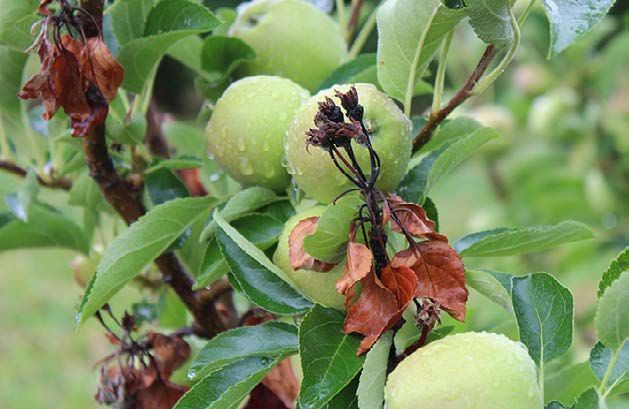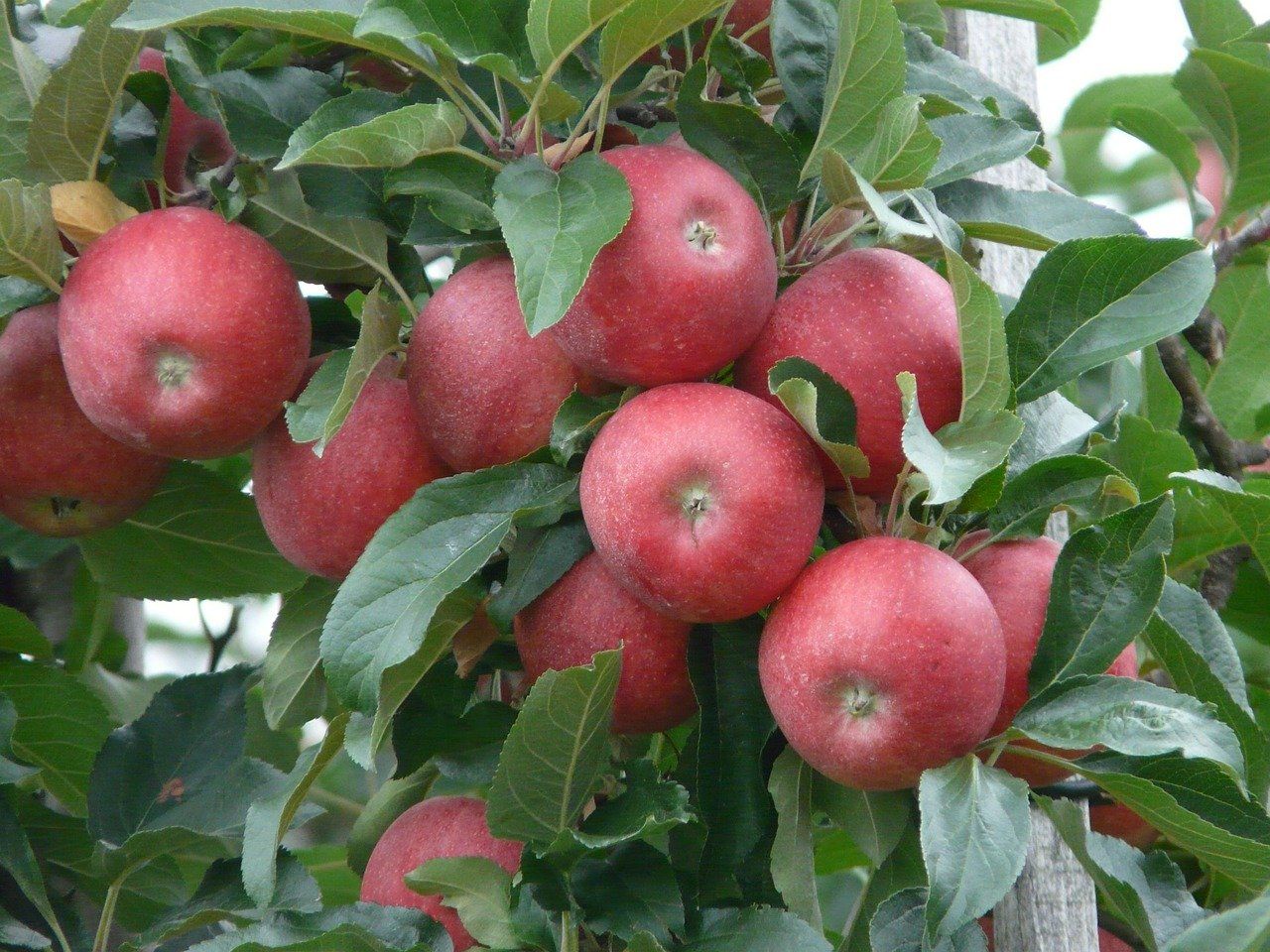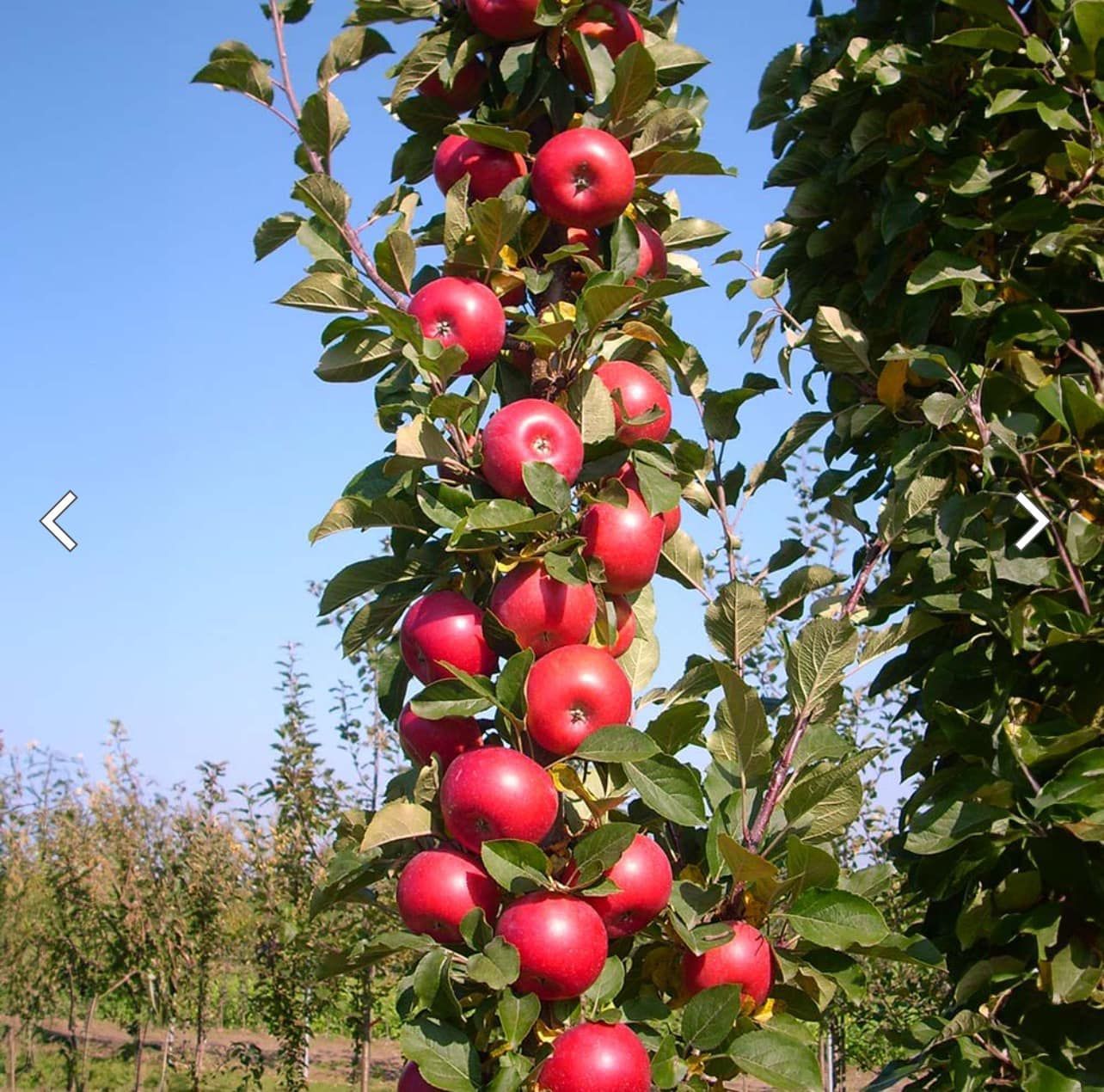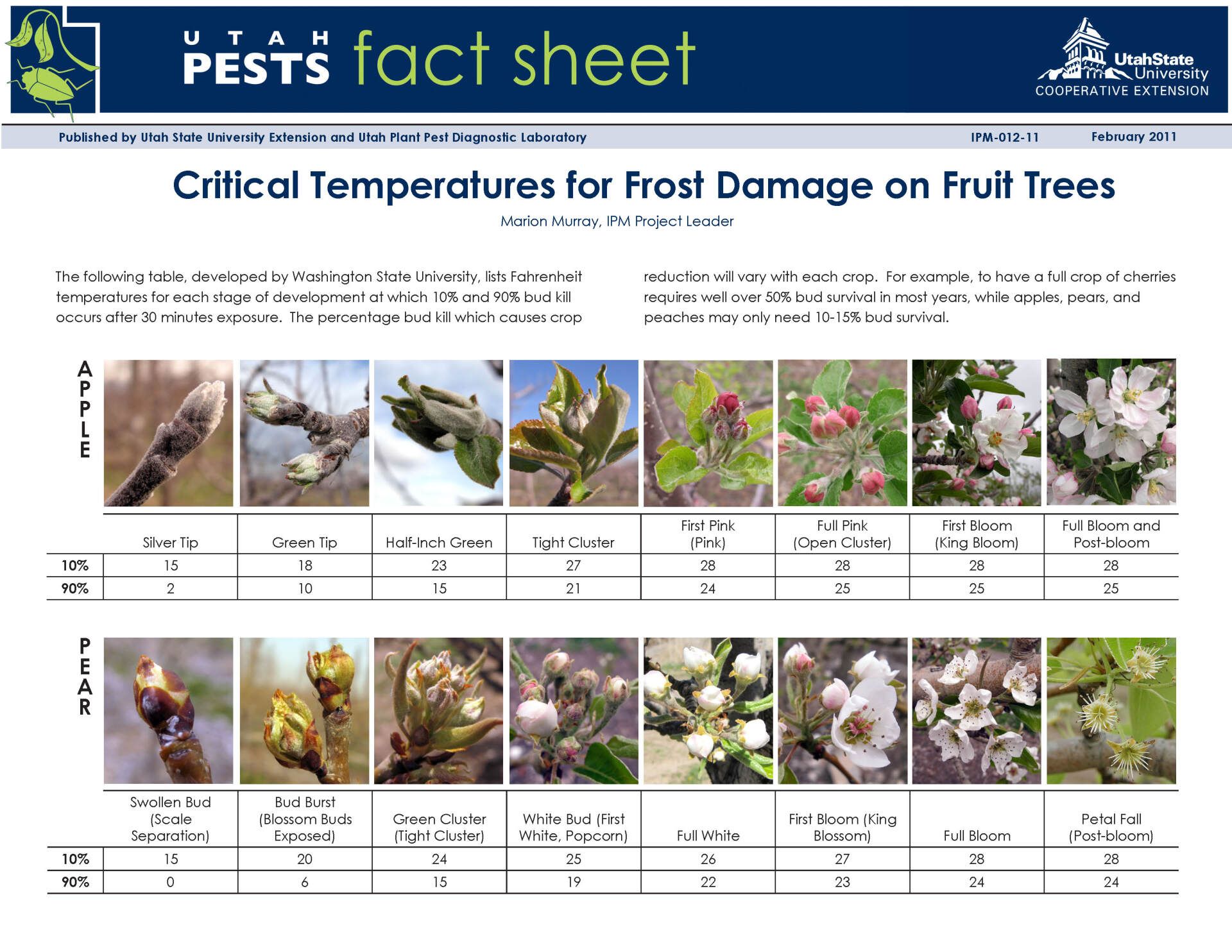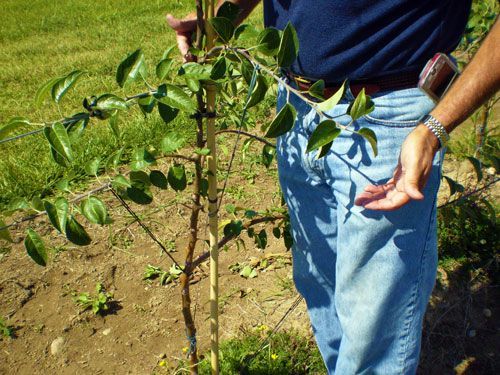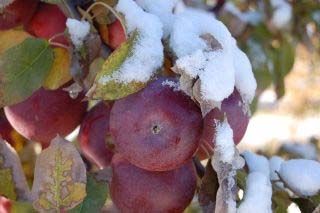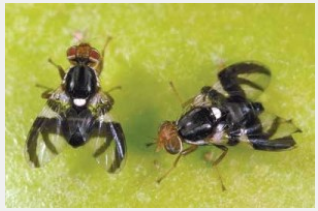No More Fruit Tree Spray
Bonide Discontinues Its Fruit Tree Spray

Over the past several years, Bonide has made many product changes due to their being purchased by Adama, a member of the Syngenta Group, the world’s largest agricultural inputs company. At the same time, the EPA has been evaluating the largest consumer group of pesticide users, the residential customers. These changes have created a lot of confusion, especially among residential users of these products.
Since residential gardeners and growers use more chemicals per acre than farmers do, the EPA has been slowly removing certain products from the residential market, including Captan. These EPA changes have also forced companies to change their product lines, which is why Bonide has removed some products from the market like their Captan and Fruit Tree Spray.
At the same time, Bonide created a new "organic" line of products using the "Captain Jack's" name brand as the name of their organic line. So, the name "Captain Jack's" now appears on all of Bonide's organic product line, not just the old "Dead Bug Brew", which still exists in their catalog.
Bonide made two different Fruit tree sprays that are called MPFS products, Multi Purpose Fruit Sprays. Don't confuse these two products because their chemistry is completely different and it is the Fruit Tree Spray that was discontinued.
Fruit Tree Spray was discontinued, but it may still be on the shelves out there. It contains Captan, a fungicide protectant, Malathion, an organophosphate insecticide and Carbaryl, an insecticide. Carbaryl was the active ingredient in the old Sevin. Carbaryl also can act as a fruit thinner, so if the label is not followed, it can remove your fruit, especially if there is a temperature spike right after spraying. This product was discontinued several years ago, but product still remains on shelves out there. It was replaced by the new Fruit Tree and Plant Guard.
Fruit Tree & Plant Guard, on the other hand, contains two fungicides and an insecticide. The two fungicides are pyraclostrobin and boscalid, the same two chemistries in Pristine, and it contains llambda-cyhalothrin, a synthetic pyrethroid.
FTPG is a far better product due to the two fungicides being from different fungicide resistant groups so the diseases can't build up resistance to it. Fruit Tree and Plant Guard has two different fungicides in it which make up the active ingredients of Pristine, which are pyraclostrobin and boscalid, a premix of a FRAC Group 7 and a Group 11 fungicide. The FRAC code is a number and/or letter combination assigned by the fungicide resistance action committee (FRAC) to group together active ingredients which demonstrate potential for cross resistance. They are also translaminar in nature to penetrate leaf tissue rather than fruit tissue and don't wash off after spraying very easily like a protectant can.
This publication contains pesticide recommendations that are subject to change at any time. These recommendations are provided only as a guide. It is always the pesticide applicator's responsibility, by law, to read and follow all current label directions for the specific pesticide being used. Due to constantly changing labels and product registration, some of the recommendations given in this writing may no longer be legal by the time you read them. If any information in these recommendations disagrees with the label, the recommendation must be disregarded. No endorsement is intended for products mentioned, nor is criticism meant for products not mentioned. The author assumes no liability resulting from the use of these recommendations.
Backyard Orchard Management @ Royal Oak Farm Orchard
Backyard Orchard Management @ Royal Oak Farm Orchard is a blog for the home fruit tree grower providing information about fruit tree management, fruit tree pruning & training and Integrated Pest Management from the IPM Specialist and Certified Nurseryman at Royal Oak Farm Orchard, a 22,000 tree apple orchard and agri-tourism operation located in Harvard, Illinois.
Click or tap any title to read that post.

